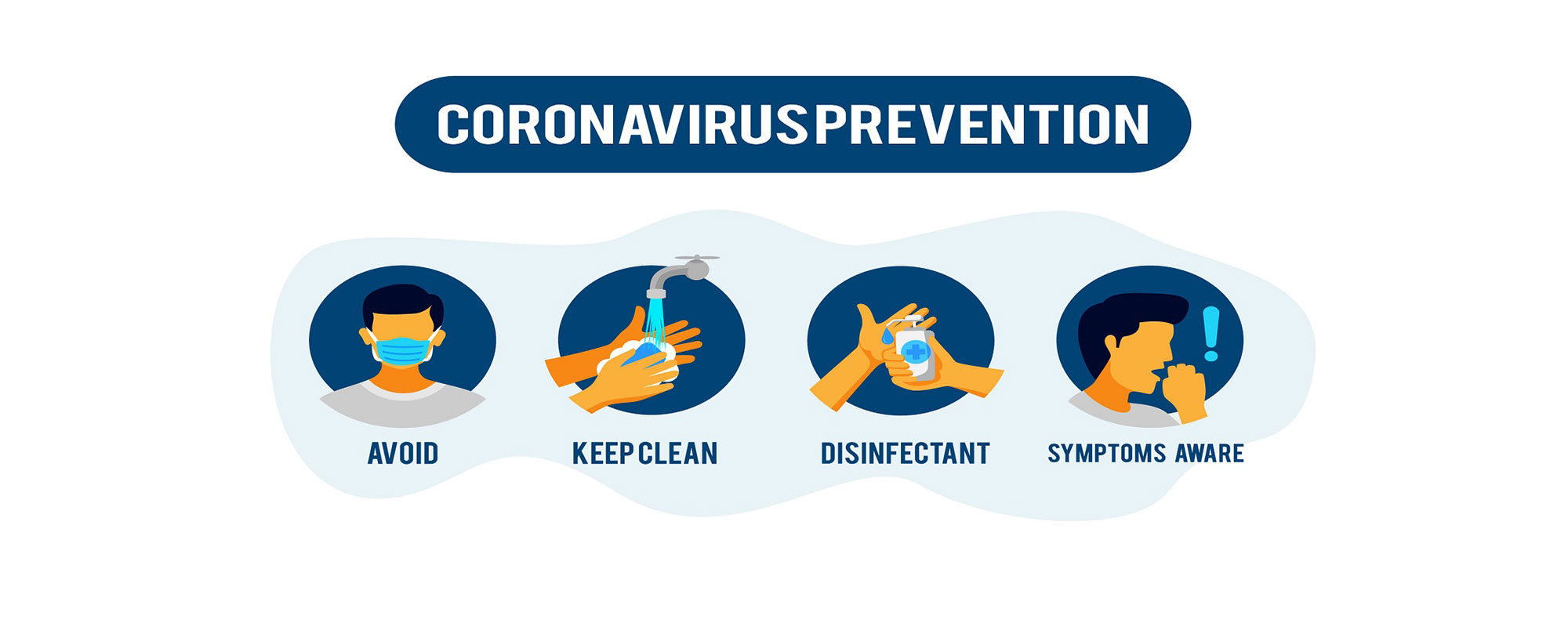The COVID-19 pandemic has put further pressures on the logistics sector regarding safety for its employees and customers. Here are a few considerations that need to be made to keep everyone involved safe.
Ever since the Coronavirus crisis blew up, much has been said about the importance of washing hands properly and using an alcohol-based sanitiser as an alternative. While this advice applies to people at large, warehouse employees will be better off if they don’t put their faith in sanitisers and depend on washing hands thoroughly.
Here’s why: In a virus, harmful germs lie packed inside a coating of protein and fat. A soap molecule has two ends: one that attaches itself to water and the other that attaches to fat. When hands infected with the virus are washed with soap and water, the soap molecules attach themselves to the fatty outer coating of the virus and water. Rubbing of soapy hands helps break down this outer layer and wash off the pathogens. Hands slathered with soap have to be vigorously rubbed for at least 20 seconds to let the soap molecules break down the virus’s outer coating.
Sanitiser is not an efficient choice for those whose hands are likely to have oil, grease, sweat or dirt, as is most likely the case with workers in a warehouse or for those engaged in loading, unloading of goods and handling vehicles. In such cases, the efficiency of a sanitiser stands greatly minimised. Using sanitiser alone can give a false sense of security and might prove harmful. Hence, it is important that warehouse managers educate their workforce about why sanitisers aren’t much helpful and that washing hands with soap, for at least 20 seconds, is their best bet to ward off the disease.
Other precautions
Apart from this, it is important that managers ensure that packages coming from regions that are witnessing Coronavirus positive cases are sanitised upon arrival. The US-based Center for Disease Control and Prevention recommends that non-porous surfaces be cleaned with disinfectant, with the application time being at least one minute. Also, there should be proper ventilation before and after the application.
It is to be noted that the Novel Coronavirus can survive for one day on cardboard and up to three days on other surfaces such as plastic and stainless steel. Theoretically, it is possible that a package (or more) coming from an infection-heavy area might be carrying the virus on the surface.
Also, a warehouse should have ample cross-ventilation. Leeds University had done a study in a hospital that had large windows and verandas. The study revealed that when they closed the window, decreased air circulation led to about a four-fold increase in the infection rate. If a warehouse has windows, it’s best to keep them wide open to minimise the presence of pathogens. Further, it is important that the storage facilities and transport vehicles are sanitised as frequently as possible.
Those engaged in transporting should avoid eating outside food at every cost. They need to maintain distance even while picking up or delivering goods. Personnel engaged in this work have to have gloves and masks and they need to be educated about how to handle the masks. Many people don’t know that they should not touch the front portion of the mask as they could infect it by touching. A mask ought to be worn and taken off through its straps. Also, they need to be educated about masks’ disposal as it can’t be just discarded casually.
And while ‘social distancing’ has become the buzzword, it’s crucial that the workers who are stepping out of their home to work in this environment understand why there is such an emphasis on it. They are at a greater risk of catching infection than those confined within four walls. Coronavirus spreads via droplets when an infected person coughs, talks, sneezes etc. A single cough releases about 100 droplets. Sneezing produces one lakh droplets. That’s why, physical distancing is not to be taken lightly. As much as possible, maintain a minimum distance of three feet from others.
Besides, when workers go home after a day’s work, they need to take their shoes off outside the main door. Soles of shoes are a hospitable place for these pathogens. If someone visits a place where an infected person had coughed or sneezed, there are chances that the virus must have stuck to his shoe. Soles of shoes are the perfect place for these viruses to reside. Coronavirus can survive on soles for up to five days. Soles are usually made of non-porous materials such as rubber, leather or PVC. These materials allow neither liquid nor air to pass through and are likely to carry high levels of harmful germs. In fact, a study published by microbiologist Charles Gerba said that non-porous shoe soles can carry as many as 4.2 lakh bacteria, viruses and parasites.
These are some extra precautions that those employed in transportation of goods or handling of goods coming from outside need to practise over and above the general guidelines that apply to everyone. It is extremely important that managers realise that warehouses and vehicles and people engaged in outdoor duty at this time are susceptible to infection and need to be super vigilant about following all the guidelines. Any lapse can prove costly, as was proven when an employee working at an Amazon centre in New York was found positive last month, triggering panic among his co-workers.
About the author:
Dr. H Paramesh is a paediatric pulmonologist and the Chairman of Lakeside Hospital and Education Trust, Bangalore. He is also the advisor to Health Projects of WHO, UNICEF, UNDP.














